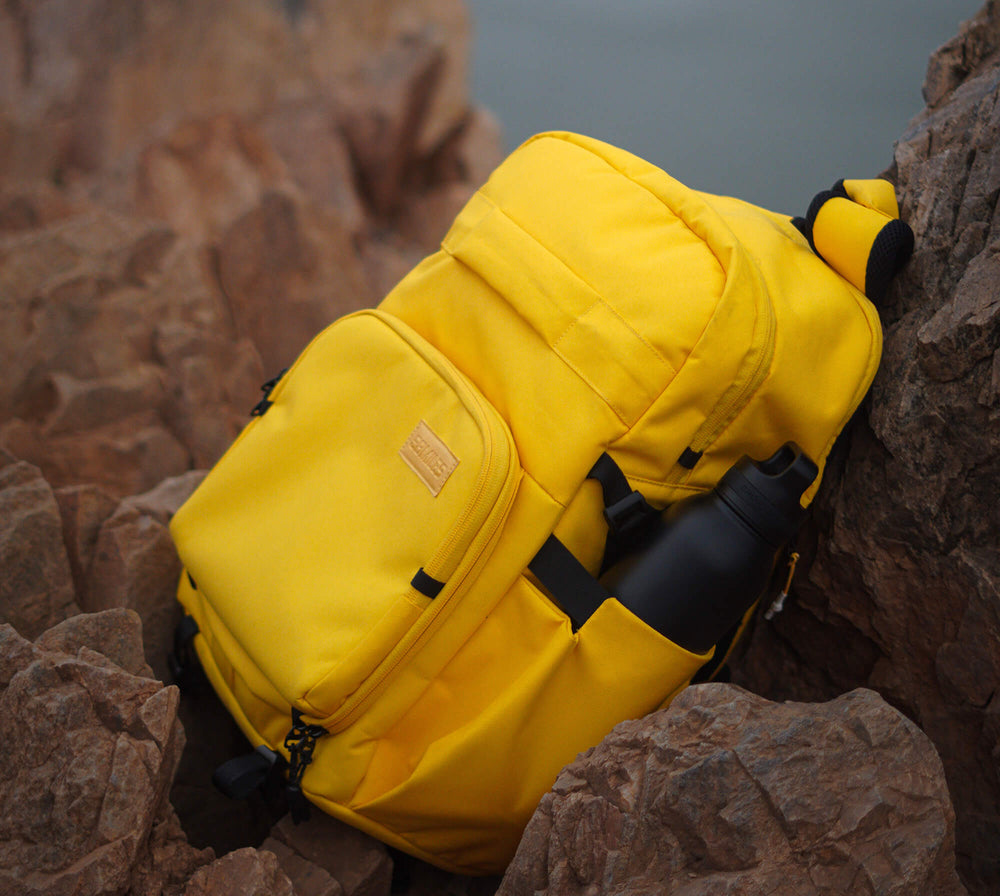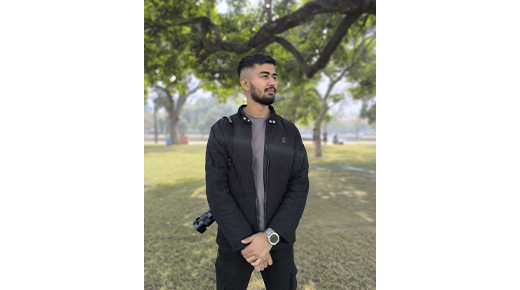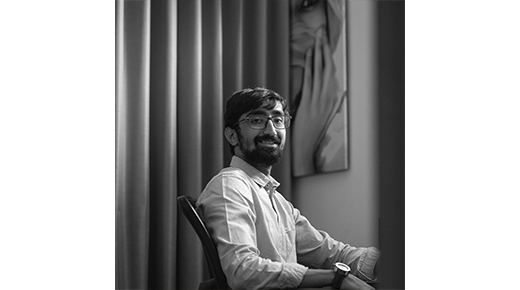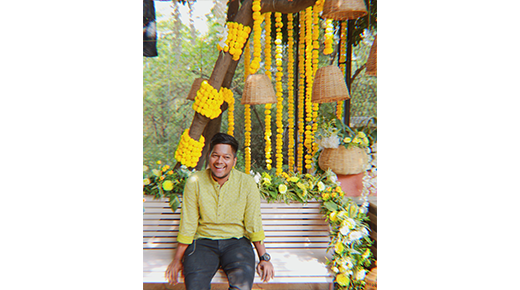Capturing Varanasi: The Creative Lens of Mohit Khetrapal
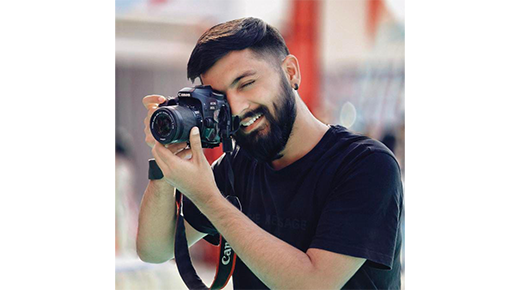
Showcase is an effort by 58Miles to bring beautiful journeys of some of the amazing photographers of India & aboard . You will read about their journey , techniques, style and can see the outcome of their art in stunning frames. We asked them some questions to deep dive in to space and here we are....
Introducing 58Miles showcase photographer Mohit Khetrapal from Varanasi
Can you tell us a bit about your background and how you got started in photography?
My background is in design. I completed my bachelor's in Communication Design from the National Institute of Fashion Technology (NIFT) in Bhubaneswar, and I am currently pursuing a master's in Strategic Design Management at the National Institute of Design (NID) in Gandhinagar.
My journey in photography began in the 11th grade during an inter-school event. One of my seniors, who was participating in the photography competition, allowed me to use his camera for a while. I immediately felt a strong connection with this medium. Before this experience, I was heavily involved in painting and sketching, so I already had a good sense of aesthetics, composition, and color. This new interest felt like a natural progression for me. The vision remains the same; only the tools have changed.

What inspires your photography, and how do you choose your subjects or themes?
My surroundings play a significant role in shaping my thought process. Coming from Varanasi, a city rich in dynamic and diverse scenes, I am constantly inspired to see new aspects within familiar settings. The "vibe" of the city serves as a daily dose of inspiration, allowing me to capture different images that reflect my unique perspective.
Themes often emerge organically. Lately, I've been experimenting with my phone's camera, which offers extreme zoom capabilities, enabling me to explore different perspectives compared to my regular camera work. When I find 2-3 pictures with a consistent "ingredient and taste," it indicates where my creative focus is at the moment, and from there, the story begins to take shape.
However, there's also a structured side to my work. I often embark on predefined projects that involve themes such as cultural essence, abstractionism, daily life, and subjects with historical value or nostalgic appeal. This blend of spontaneity and planned projects helps me maintain a diverse and evolving portfolio.

What has been your most memorable photography project or shoot, or any inspiring story around it, and why?
My most memorable photography project has been my ongoing series on the Manikarnika Ghat, the holiest crematorium in Varanasi. This location, intense and full of energy, offers profound life lessons and presents a challenging environment to shoot. The emotional and spiritual weight of the place makes it difficult to detach and "see" objectively, a crucial skill for any photographer to develop—the ability to attach and detach at will.
During a period when I was regularly photographing the ghat, the fluctuating emotions I experienced greatly influenced my work, shaping the project in ways I hadn't anticipated. This experience taught me the importance of letting go and allowing new perspectives to emerge organically. It was a challenging time, but it significantly shaped my approach to photography. I believe that continuing this project will further influence my growth as a photographer.

What is your photography kit? Or, what is in your camera bag?
My camera bag is pretty light. I use an old Canon 80D with a versatile 18-55mm kit lens. I also have a 50mm f/1.8 lens, though I rarely use it, and a 70-200mm f/4 lens, which I’ve only used once during a trip to the mountains. Since I do a lot of shooting on my phone, I would also count my Vivo X100 Pro as part of my photography kit.

What advice would you give to photographers who are just starting out and looking to make a name for themselves?
While many experienced and talented photographers have shared valuable wisdom over the years, I would emphasize the importance of periodically looking back to see how far you've come. Being aware of the changes in your trajectory and understanding how you are evolving in your journey is crucial. Reflect on your calling, how it has shifted over time, and what you need to learn, unlearn, and relearn.
The artistic journey has various phases, and these can be more enjoyable and less intimidating if you're mindful of the fluctuations you experience. Alongside this self-awareness, consistently producing honest work will ultimately help you build a reputation and make a name for yourself.

You can find Mohit Khetrapal on :
Instagram : mohit_khetrapal
